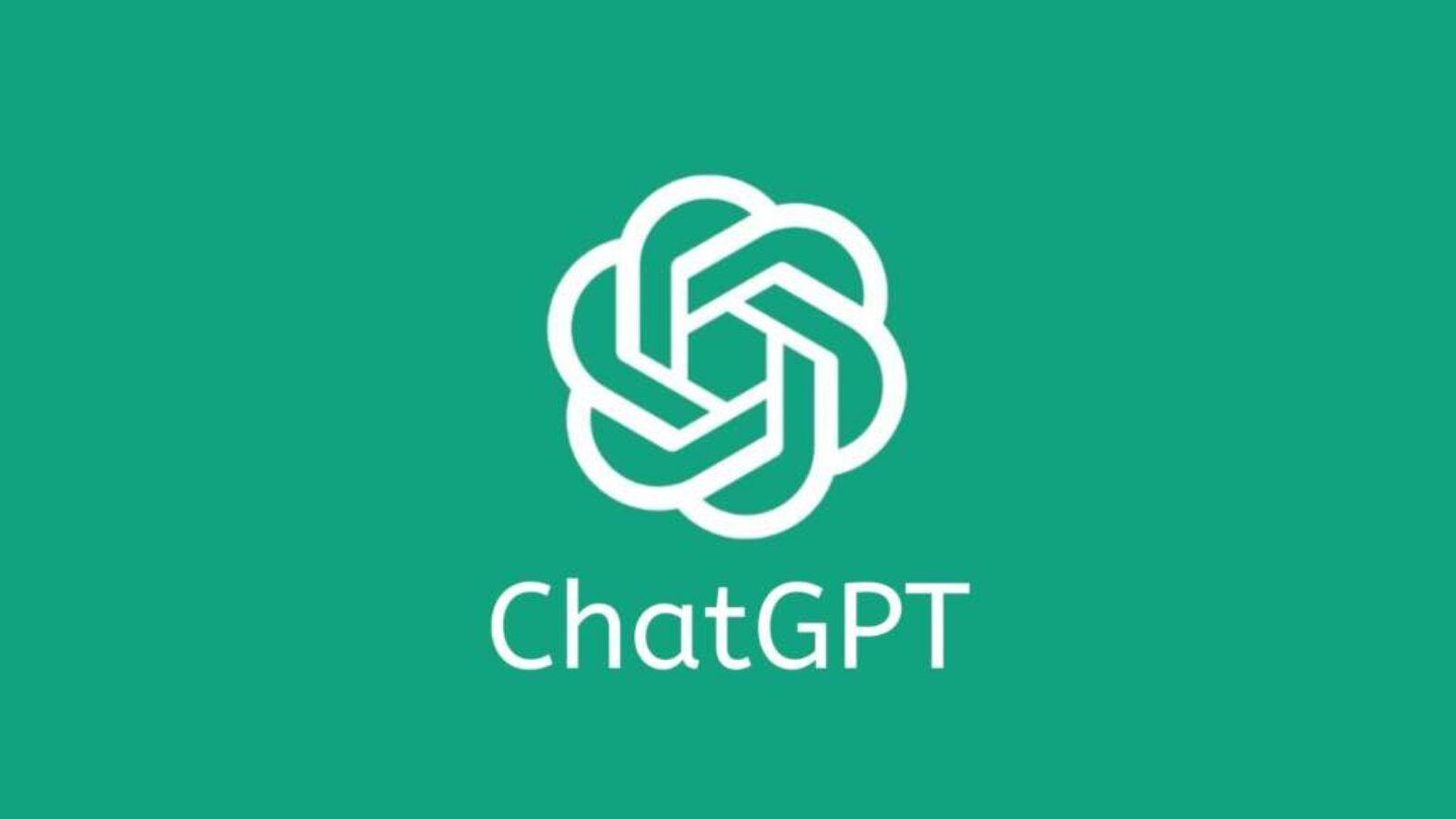Introduction
GPT-5 prompting now defines execution quality: a structured guide turns the model into a predictable engine for agents, software delivery and faster validated decisions. Here you obtain principles, examples and operational levers to cut latency, boost consistency and shape autonomy.
The real question is not “does it work?” but “how precisely and repeatably?”. Proper prompting sharpens learning loops while lowering cost.
Context
GPT-5 brings deeper reasoning, stronger long-context handling and granular controls (reasoning_effort, verbosity). Orchestration shifts focus from mere output acquisition to behavioral governance. This article reframes core practices into an actionable GPT-5 prompting guide for production teams.
Success depends on modular prompts, explicit guardrails and measurable criteria for acceptance, rollback and escalation.
GPT-5 prompting: Core Principles
Pillars: 1) Declare explicit task objective; 2) Separate plan from execution when complexity >3 steps; 3) Define uncertainty thresholds; 4) Provide stop conditions; 5) Assign lower risk tolerance to destructive tools; 6) Reuse reasoning traces to avoid plan regeneration.
Problem / Challenge
Common friction points: over-exploration (excessive tool calls), under-initiative (unnecessary deferrals), style drift in generated code, and latent contradictory instructions that consume reasoning tokens and degrade fidelity.
Absent clear budgets, decision criteria or fallback clauses, the agent oscillates between overactivity and hesitation, inflating latency and cost.
Solution / Approach
Autonomy calibration
To dampen eagerness: set a hard tool call budget, specify when to proceed under partial certainty. To amplify autonomy: increase reasoning_effort, articulate explicit completion conditions, forbid clarifying questions except safety cases.
Reasoning_effort and verbosity
Use low for atomic tasks and benchmarking; medium for mixed pipelines; high for multi-file refactors or multi-step planning. Keep global verbosity low and locally override (e.g. “in code diff blocks be fully explicit with descriptive identifiers”).
Explicit planning
Request a numbered plan before code. Allow merging plan plus execution if steps remain below a concise threshold. This yields fewer misinterpretations and cleaner diffs.
Reasoning context reuse
Persisting reasoning traces reduces latency, eliminates redundant plan reconstruction and improves long-horizon coherence. Pass previous response identifiers to conserve chain-of-thought tokens.
Code quality alignment
Supply directory map, naming conventions, logging style and error handling patterns. Ask for a brief delta rationale comparing proposed changes to established standards to detect divergence early.
Contradiction audits
Conduct periodic prompt audits. Enforce hierarchy (Principles > Safety > Business Rules > Style). Resolve conflicts to prevent wasted token search space and erratic reasoning.
Minimal reasoning mode
When using minimal reasoning: mandate a concise “Reasoning Summary” bullet block, enforce strict plan brevity, clarify persistence expectations, and fully disambiguate tool semantics.
Tool preambles
Intermittent status preambles (“Current state”, “Next action”) raise transparency and trust in longer rollouts where silent delays harm user perception.
Risk mitigation
Risks: unnecessary deep reasoning cost, stylistic drift, unsafe destructive actions. Countermeasures: thresholds per tool class, compact decision logs, rapid post-change tests.
Guide as laboratory
Treat this GPT-5 prompting guide as a modular lab: version instruction blocks, capture success rate, time-to-complete and token consumption before promoting adjustments.
FAQ
Frequent questions cover autonomy tuning, reasoning effort selection, contradiction prevention, measurement and structured planning. Answers promote immediate application.
- How to balance initiative and control
- When to raise reasoning_effort
- How to prevent contradictory instructions
- Key success and cost metrics
- Suggested initial planning structure
Conclusion
A disciplined GPT-5 prompting framework accelerates reliable delivery while curbing waste. Iterate, measure, refine: no instruction set remains optimal indefinitely. Maintain conflict checklists, risk thresholds and prompt version histories. Apply incremental improvements and controlled experiments to sustain competitive edge.
